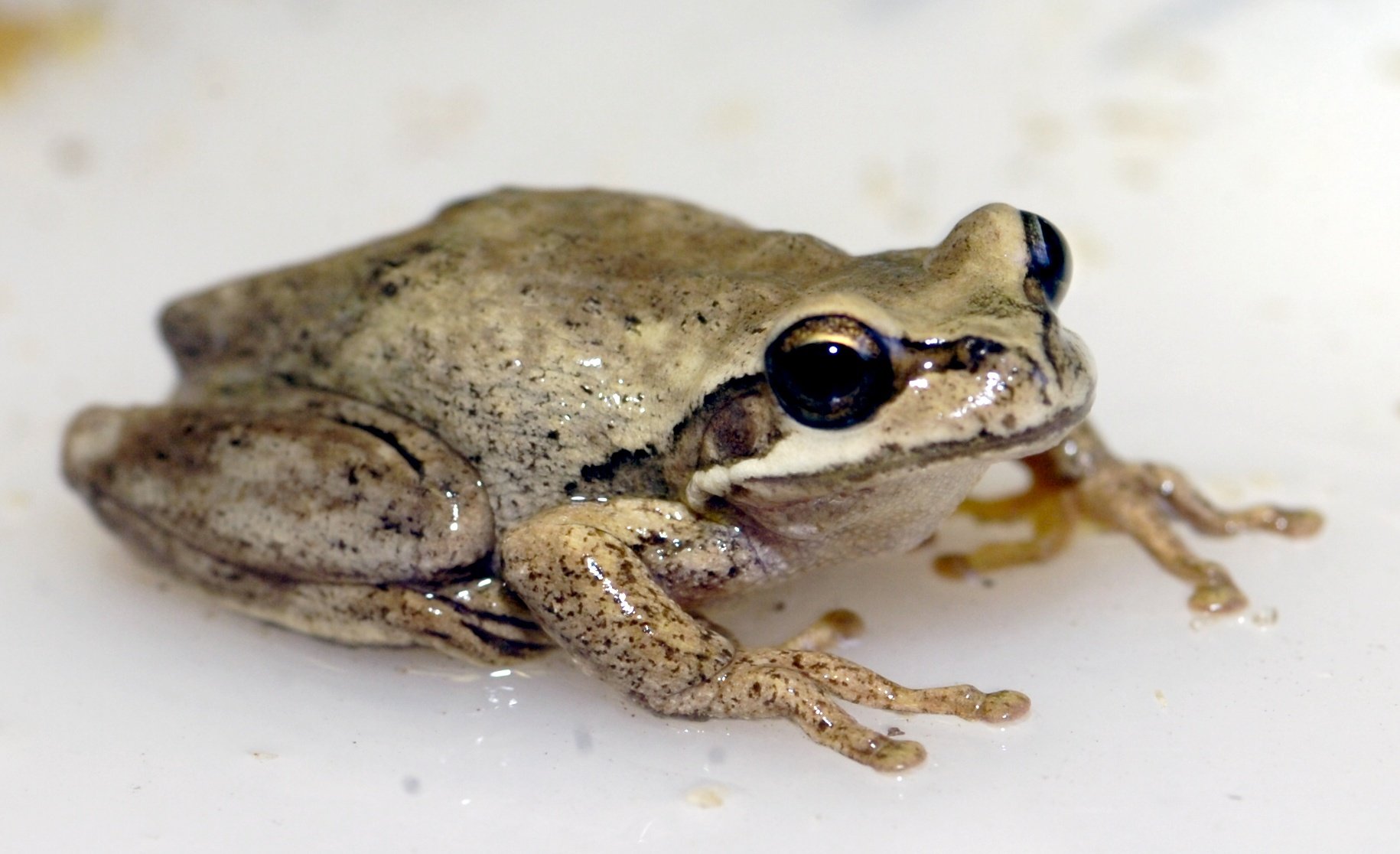
Living systems are much more interesting and healthy when there are lots of different species. New Zealand natives have evolved to suit our soils and climate but often, they take their own sweet time about growing. Many introduced species will grow faster, stealing all the sun, water, and nutrients so the locals cannot get a leaf in edgewise.
Wilding pines are an obvious example. Some species, like Pinus radiata, can be managed for commercial production, but there are another eight that are costing a fortune to control.
Another example is agapanthus. I know people love them for their striking flowers and strong structure, but they really are a pest. They seed like anything, and will take over so there is nothing but agapanthus. Add to that their longevity, and you start to see the issue. They take up spaces where our local plants ought to be, and they create a biodiversity desert. There aren’t many insects that call them home. My wee froggy friend would starve to death.
The Himalayan giant lily, also known as the yunnan lily, is a garden escapee creating havoc in Peel Forest. While it can take up to seven years to flower, once it does, the seeds are flung far and wide. The lily plants are tough to control in the wild, and stop natives from germinating and growing.
Old man’s beard is a well known climbing vine that is so vigorous it takes over entire hillsides. Ivy is a groundcover that spreads more slowly but creates a barrier to anything else. Sycamores are a growing issue as well. Bears breeches, artillery plant, tradescantia, periwinkle, montbretia, canna lilies — the weed list is over 2500 plants long in New Zealand.
What do these problems have to do with predators? Well, in living systems, everything is related. As the number of Timaru trappers increase, we need to also think about what we are planting in our gardens, and maybe, what we need to pull out. Healthy systems need less maintenance, and we need to make sure there are plenty of food sources for our beautiful birds, interesting insects, riveting reptiles and awesome amphibians.
The first step is learning more about what works here, and what we could plant instead. For example, in those tricky spaces, think about alternatives like the New Zealand rengarenga, instead of agapanthus.
We are so privileged to live in New Zealand. It is up to us to protect those treasures which are only found here.
■ Predator Free Timaru is a group of passionate locals on a mission to bring back the birds to Timaru by predator control in local backyards and green spaces, and is one of many groups nationwide working towards the Predator Free 2050 vision.












